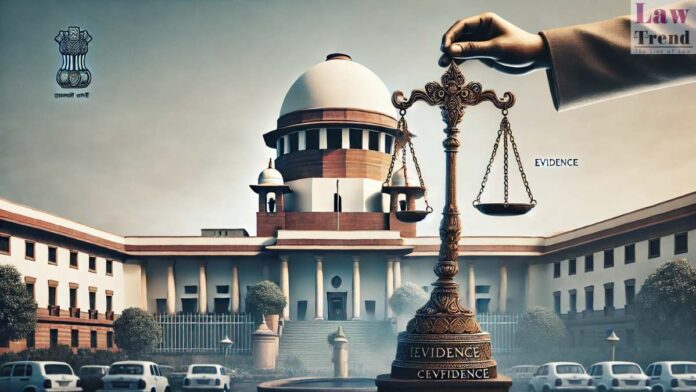The Supreme Court of India has acquitted three family members convicted of murder, setting aside a High Court judgment. The apex court, in a judgment delivered by a bench of Justices Pankaj Mithal and Prasanna B. Varale, granted the benefit of doubt to the accused, holding that the prosecution failed to establish their identity as
To Read More Please Subscribe to VIP Membership for Unlimited Access to All the Articles, Download Available Copies of Judgments/Order, Acess to Central/State Bare Acts, Advertisement Free Content, Access to More than 4000 Legal Drafts( Readymade Editable Formats of Suits, Petitions, Writs, Legal Notices, Divorce Petitions, 138 Notices, Bail Applications etc.) in Hindi and English.







